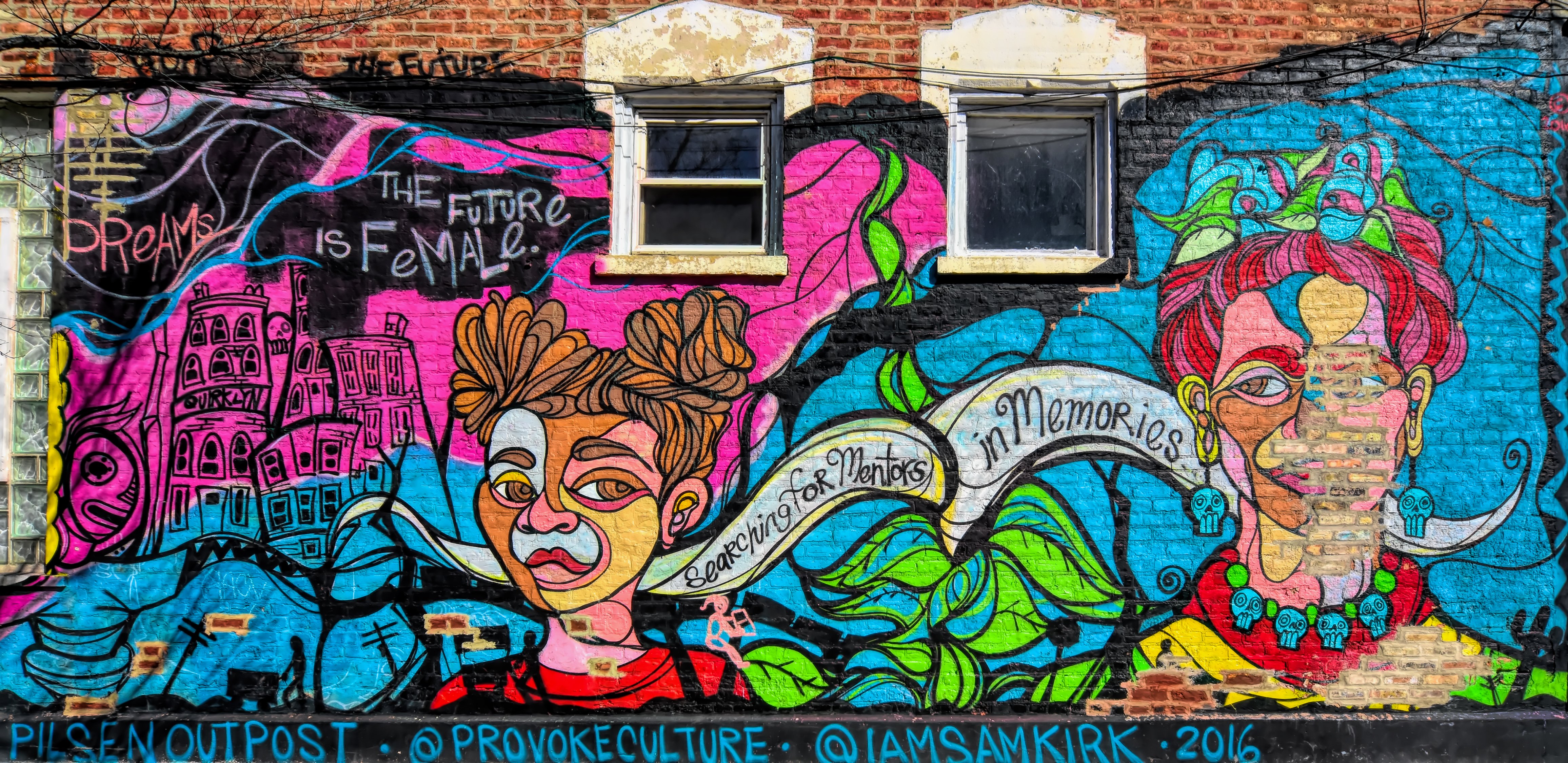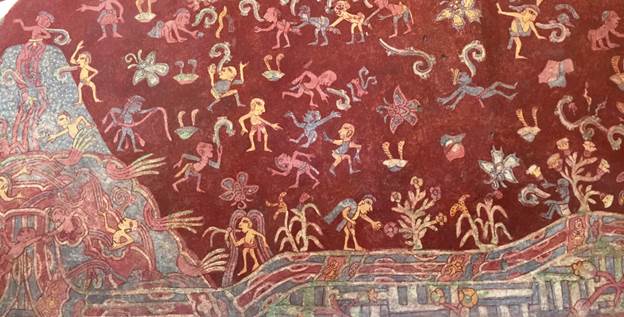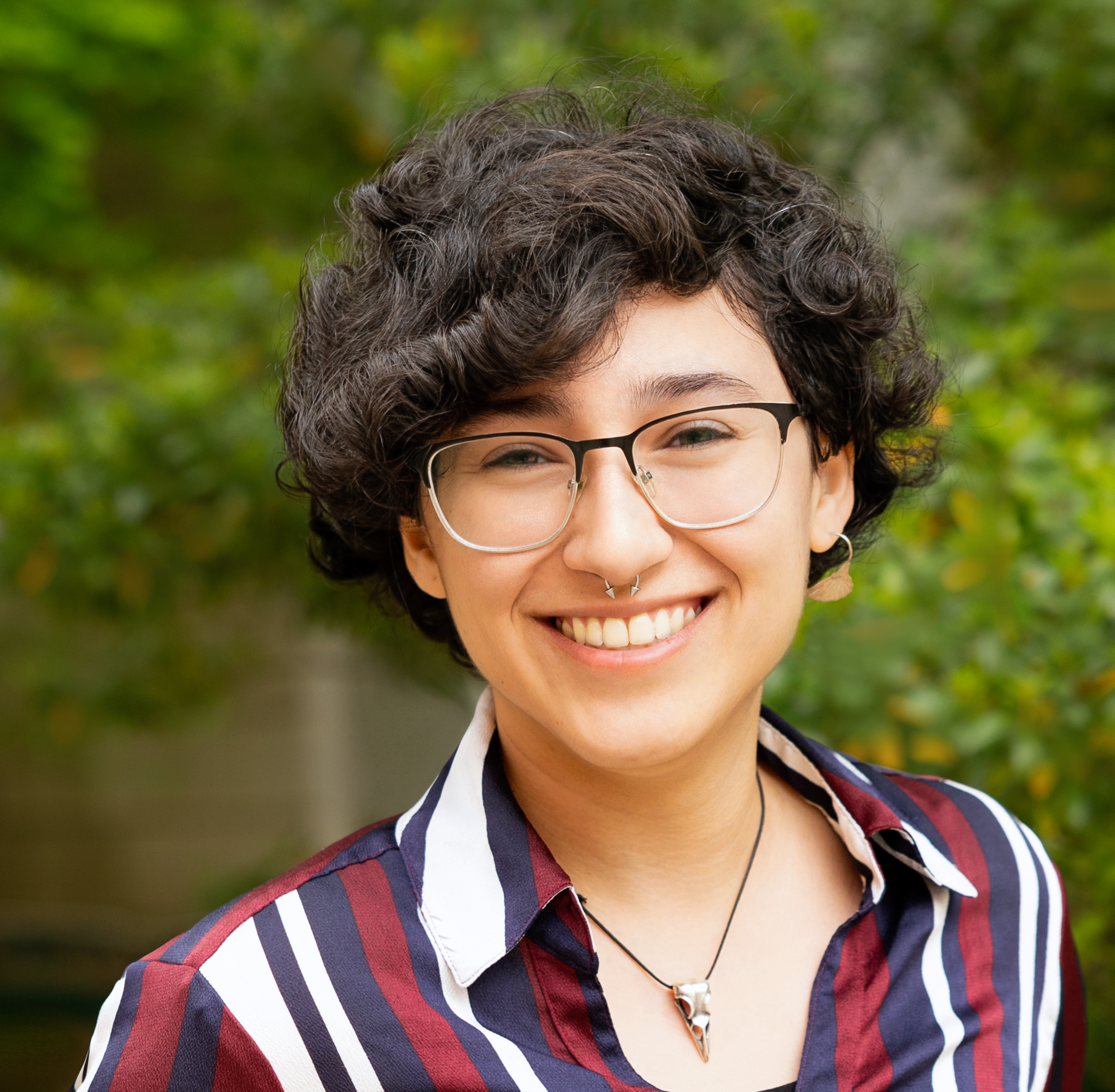Everyone falls into the trap of taking things too seriously. We get caught up in our work and begin obsessing as we strive for perfection and creative new solutions. Often, we embody ourselves in our work and infuse our being into the project. While effective in generating fantastic product, it comes with a personal toll and we sometimes have to be reminded to take a step back. To re-immerse ourselves in what inspired us in the first place and rediscover that youthful intrigue; to remember the innocence that comes with fresh perspective and passion.
And what better way to become immersed in youth than by working with children? While in college, my class took on a project for a local elementary school. This was the second in a series of classes focused on working with the community. We were tasked with building upon the previous work – the creation of a learning garden and flexible activity nodes – and develop our own design and execution based on the program of a birdwatching space. That is- with the help of the clients: grade school children.
Designing for young children presented its own difficulties. The ideas that we brought to the table as ambitious architecture students were not going to work in this situation. Not only would the most important user group not understand, but we found that some of our ideas were not entirely plausible given our constraints. Some initial brainstorming (which took place before meeting our clients) looked at moving parts and curvilinear forms that would be near impossible to achieve. These initial ideas reflected our obsession to innovate and create something new. We were so focused on this obsession, in fact, that we lost sight of what mattered most to this project: place, people, and birds.
What brought us back from our big ideas was engaging with our clients. For an hour, we let go of our identity and preconceived notions and simply immersed ourselves in their world, where the most important things were play, dreaming, and talking.

Image from the 2023 Design Build Publication.
For an hour, we did exactly that. We played, we dreamt, and we talked. We noticed their rambunctious energy and their desire to run. We asked questions relating to our mission in their school, prodding to see what ideas they had for a birding station. They drew tree houses, slides, birds (amongst other animals), and nature. We realized that what they cared about was being outside and connecting to their environment - they had no need for a fancy solution, rather what they wanted was something that could enable their true desire: to be a kid. Coming out of the experience, we all felt the uplifting joy that comes with letting go and embracing the childlike energy of our clients.
Thus, we let go and started fresh.  Though, we did carry forward the lessons we learned from the previous explorations. We reframed our thinking and narrowed down our scope to develop a design that made the site the focal point. Worried less about the physical construct, we were able to work hand in hand with the site lines, sounds, animal gathering patterns, flora, and the sun. A structural bent for a seating construct emerged directly as a result of these considerations and then a module. A module which - after taking a step back from the mockup - one of my peers loudly exclaimed: "It looks like a woodpecker"! Once we had the module, it was then all about placement and relationship to the site and to each other.
Though, we did carry forward the lessons we learned from the previous explorations. We reframed our thinking and narrowed down our scope to develop a design that made the site the focal point. Worried less about the physical construct, we were able to work hand in hand with the site lines, sounds, animal gathering patterns, flora, and the sun. A structural bent for a seating construct emerged directly as a result of these considerations and then a module. A module which - after taking a step back from the mockup - one of my peers loudly exclaimed: "It looks like a woodpecker"! Once we had the module, it was then all about placement and relationship to the site and to each other.
Photograph from the 2023 Design Build Publication.
We knew that the kids liked space and activity. So we made room for that. We knew that some kids liked performance, therefore the final orientation alluded to an amphitheater with a central platform. Though, at the core of our design was the birding concept. We understood that people needed shade (especially in the heat of the Florida sun) and access to views. The final design gave the flexibility of three different sight lines per bench as well as an overhead slatted shade element. Two platforms faced forward at different elevations, and a third platform on the ground faced behind the primary space towards the furthest reaches of the property to where Sandhill cranes and Robins liked to gather as they foraged for seeds, worms, and insects. In that regard, though our intention was to provide a birding space for our client, a variety of uses emerged that enables active learning and engagement with the landscape- something that these kids were desperately chasing.
After the design process concluded and we entered the building phase, we began realizing exactly how much freedom we had imbued into the project. All of the aforementioned features contributed to a space which felt firmly rooted in place and reserved all the fluidity we had been imagining in the beginning stages of conception for its inhabitants. Having distilled the project to its core became its strength and it worked with the context to uplift us - the people - versus fighting a losing battle of "what is most valued" with its context.
To conclude the building phase, we all came together to put the final finish on all of the elements we had designed and constructed. Having conducted studies on color, and knowing there needed to be color for an installation in an Elementary school (otherwise the children would be bored and the space overlooked), we landed on a deep purple which mimicked the colors of Florida shadows on pine straw and complemented the orange tones of the cedar we used for the seating boards and slats.

Photograph from the 2023 Design Build Publication.
Lifting up the final rag with the stain, we stood back and admired our work. The little outdoor classroom melded perfectly with the landscape and we were overcome by joy. Joy that we had created a little snippet of retreat for these kids who we grew to know.
At last, we had overcome our own preconceptions coming into this semester and let go to immerse ourselves fully in our project, passions, place, and craft.

Photograph from the 2023 Design Build Publication.
At the conclusion of the semester, the class collaborated on and produced a publication titled 'When Nature Becomes the Classroom', available here. In it, we detail the process- every step of the way. If you're interested in learning more, give it a read!
Special thanks to the class and Professor Charlie Hailey!





